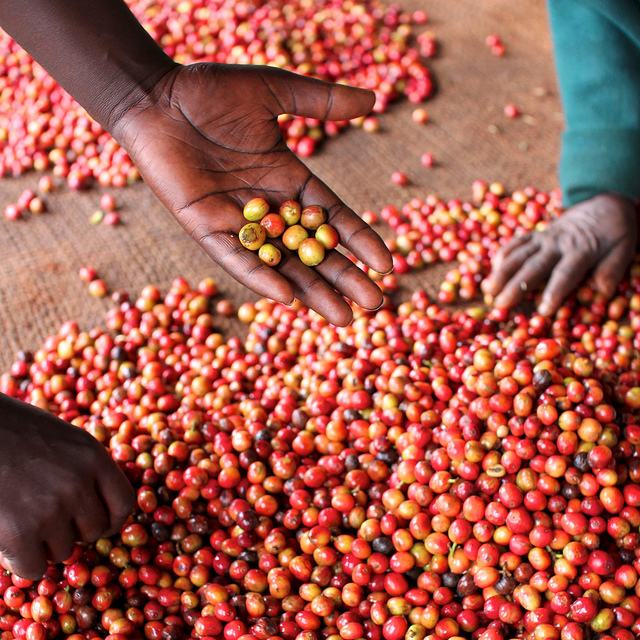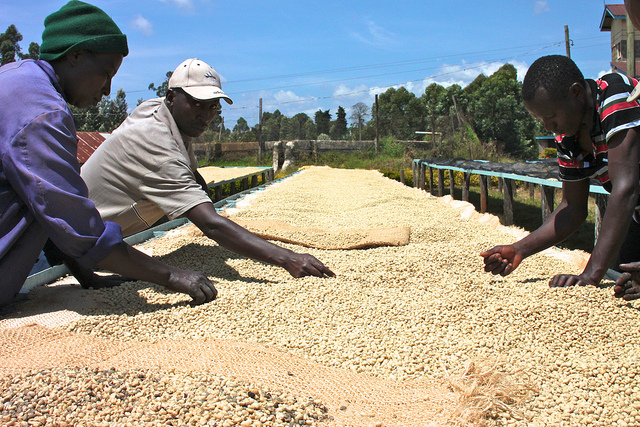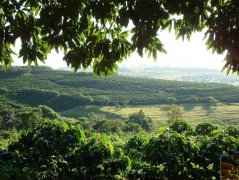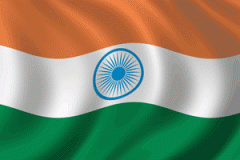Kenyan Coffee Auction Mechanism Classification System Introduction

For professional baristas, please follow the coffee workshop (Wechat official account cafe_style)
In recent years, more and more people like to drink coffee, and they also know more and more about the taste, aroma and other aspects of coffee. In the past, we must have heard the older generation always say, "Coffee must not be sour!" "as long as coffee is sour, it is shoddy coffee!" The same kind of words. Of course, looking back from the current point of view, "sour coffee = inferior coffee" has long been an impractical and incorrect concept. On the contrary, more and more coffee fans have begun to prefer coffee with acidity, and even can't do without sour coffee from now on. Women, in particular, have a higher acceptance of acid. Of course, this may also be due to the relationship between time and space, the early coffee refining technology is not as modern, the source is not transparent, perhaps mixed with bad flavor, unpicked beans and roasted into medium-shallow roasting, of course, the bad taste is more likely to be drunk clearly. In recent years, the popularity of boutique coffee has begun to promote the simple taste of black coffee, and more and more attention has been paid to the sour, fragrant, sweet, mellow and other flavors of coffee itself. On the contrary, the word "sour coffee" has become a representative of knowing how to taste coffee.
Kenyan coffee is most famous for its adorable sour taste. Let's get to know today's protagonist: Kenya AA!

Coffee introduction
Africa has always been one of the best coffee producers in the world, and is famous all over the world for its charming acidity and aroma, and Kenya is certainly not absent. Kenya is a big coffee country in East Africa and one of the most important and irreplaceable producers, next to the Republic of Ethiopia, the original place of coffee in the world. Coffee farmers are generally highly educated, studying fine agriculture and growing top coffee. Coffee producers in Kenya are mainly divided into two types, the first type is large estates, and the other is the so-called "small farmers". However, whether they are large coffee farms or small farmers, the coffee beans produced by them have been refined, the vast majority will be transported to the official Kenyan coffee shop for unified grading identification. The coffee bureau will first send samples of the coffee beans to be auctioned to interested buyers for trial, and hold an auction every Tuesday at the Nairobi Coffee Exchange Coffee Exchange in Nairobi, the capital of Kenya. Through a transparent auction mechanism and a dual-system parallel approach of official sales agents and independent sales agents, foreign buyers can also directly negotiate with corresponding producers to buy coffee. There is no need to go through the official auction board, so producers' hard work can be rewarded more fairly and equitably, without being exploited by the brokers in the middle. Because of this, coffee farmers are more willing to try their best to produce high-quality coffee beans in order to sell at a good price.
About Kenya's coffee grading system adopts AA-Plus (AA+), AA and AB to distinguish it. This classification method refers to the distinction based on the particle size uniformity of coffee beans, rather than the quality of coffee. High-quality Kenyan coffee beans are widely planted at an altitude of 4200-6800 feet (about 1300-2100 meters). The introduction of a small number of Kenyan AA Kaguyu is refined by the Tika processing Plant, which has a history of at least 92 years in central Kenya. Located in the Aberdare Mountains of central Kenya, the town of Tika is more than 1800 meters above sea level. Due to the influence of high altitude, the temperature does not exceed 27 degrees even during the day, and the low temperature falls around 15 degrees, which is quite suitable for the climate of coffee trees.
Production resume
Country of production: Kenya Kenya
Producing area: Kiriyaga Kirinyaga
Class: AA level
Producer: Mulua Coffee Farmers Association Murue Coffee Farmers Co-operative
Processing plant: Dika Coffee processing Plant Thika Coffee Mills
Treatment method: washing method Washed
Product type: SL28
Sea pull: 1700 to 1950 meters
Flavor narration
Tropical fruit, BlackBerry, black vinegar millet, kumquat, citrus, cream, apricot
Experience of trying beans
In the evening, I tried the beans with about 400g raw beans, roasted slowly in two stages of Japanese style, baked moderately slightly and slightly deep (about one dense near the tail section), and then used the Feima brand bean grinder scale 5 for moderate grinding and hand extraction. The acidity of the first mouthful into the throat is really obvious! It is filled with the bright acidity of Kenyan coffee, but it is not the acid that makes people bite cold shoots and numb their scalp. Body is thick, with a hint of Yega Chuefei's floral and orange smell. The sour feeling of sipping the coffee into the throat quickly turns sour to sweet, making one can't help but try a few more mouthfuls one after another. The creamy flavor slowly spreads in the mouth after drinking the coffee, and there is a touch of black sugar sweetness, very fresh berry aroma, very delicious! Even when brewing in the office, colleagues who are not drinking coffee can't help saying, "Wow!" Your coffee has a very different flavor today! " It's really a good nose, awesome!
Kenyan coffee is also quite suitable for ice drop coffee or chilled coffee, the flavor and taste are excellent, hot summer is coming, would you like a cup of iced coffee? Why don't you try the Kenyan AA that is guaranteed to make you yell!
Important Notice :
前街咖啡 FrontStreet Coffee has moved to new addredd:
FrontStreet Coffee Address: 315,Donghua East Road,GuangZhou
Tel:020 38364473
- Prev

Brazil COE Award Mango Tree Manor Information Sun Huang Kaduai and Huang Kadura Coffee style
For the exchange of professional baristas, please follow the coffee workshop (Wechat official account cafe_style) Brazil Outstanding Cup Solar Competition country winner-Mango Tree Manor Sitio Da Mangueira Mango Tree Manor 2016 Brazil National Sunshine winning batch! From the Mojiana Highlands, this batch of selected yellow card Taiyi and yellow Cadura species, manor owner Philips. Maher . Hausi admits that if you pick a ball,
- Next

Flavor characteristics of wind-stained coffee in Malabar, India introduction to the treatment process of wind-stained coffee beans
Professional baristas Please follow the Coffee Workshop (official Wechat account cafe_style) when it comes to Asian coffee, most people will first think of Indonesian gold Manning or Toraya, or Vietnamese coffee or Lao coffee, as well as recently rammed up Taiwan coffee, China Yunnan coffee and so on. Indian coffee has a long history, and it is the first coffee grower in Asia.
Related
- Detailed explanation of Jadeite planting Land in Panamanian Jadeite Manor introduction to the grading system of Jadeite competitive bidding, Red bid, Green bid and Rose Summer
- Story of Coffee planting in Brenka region of Costa Rica Stonehenge Manor anaerobic heavy honey treatment of flavor mouth
- What's on the barrel of Blue Mountain Coffee beans?
- Can American coffee also pull flowers? How to use hot American style to pull out a good-looking pattern?
- Can you make a cold extract with coffee beans? What is the right proportion for cold-extracted coffee formula?
- Indonesian PWN Gold Mandrine Coffee Origin Features Flavor How to Chong? Mandolin coffee is American.
- A brief introduction to the flavor characteristics of Brazilian yellow bourbon coffee beans
- What is the effect of different water quality on the flavor of cold-extracted coffee? What kind of water is best for brewing coffee?
- Why do you think of Rose Summer whenever you mention Panamanian coffee?
- Introduction to the characteristics of authentic blue mountain coffee bean producing areas? What is the CIB Coffee Authority in Jamaica?

